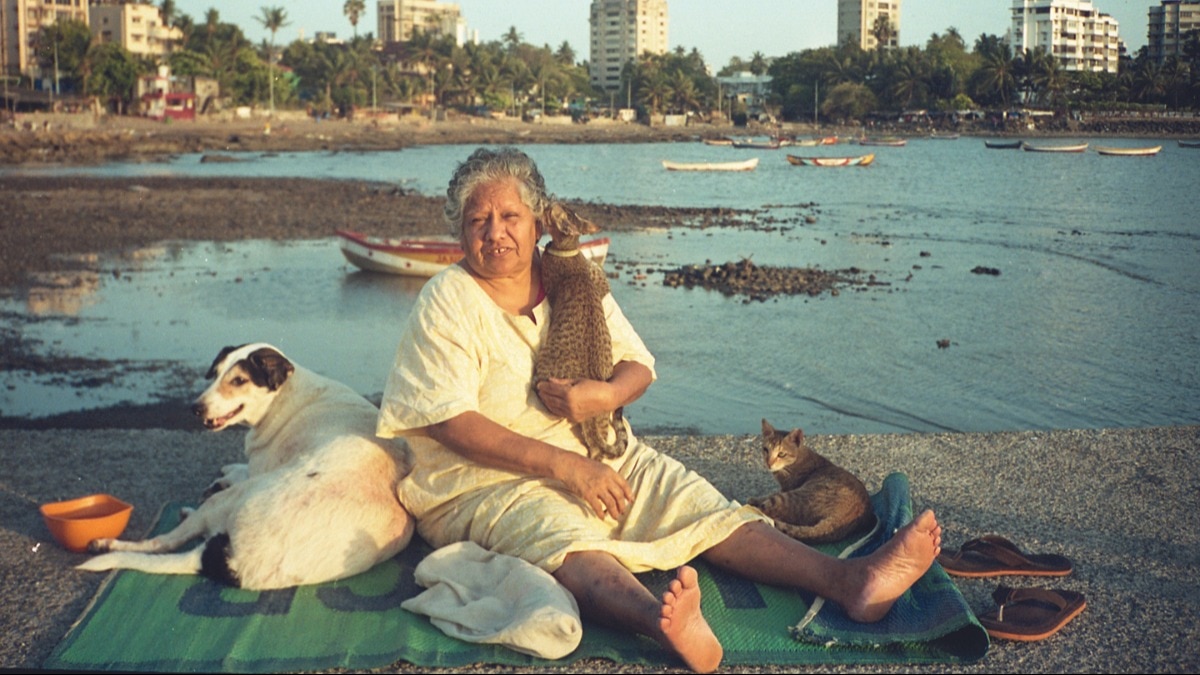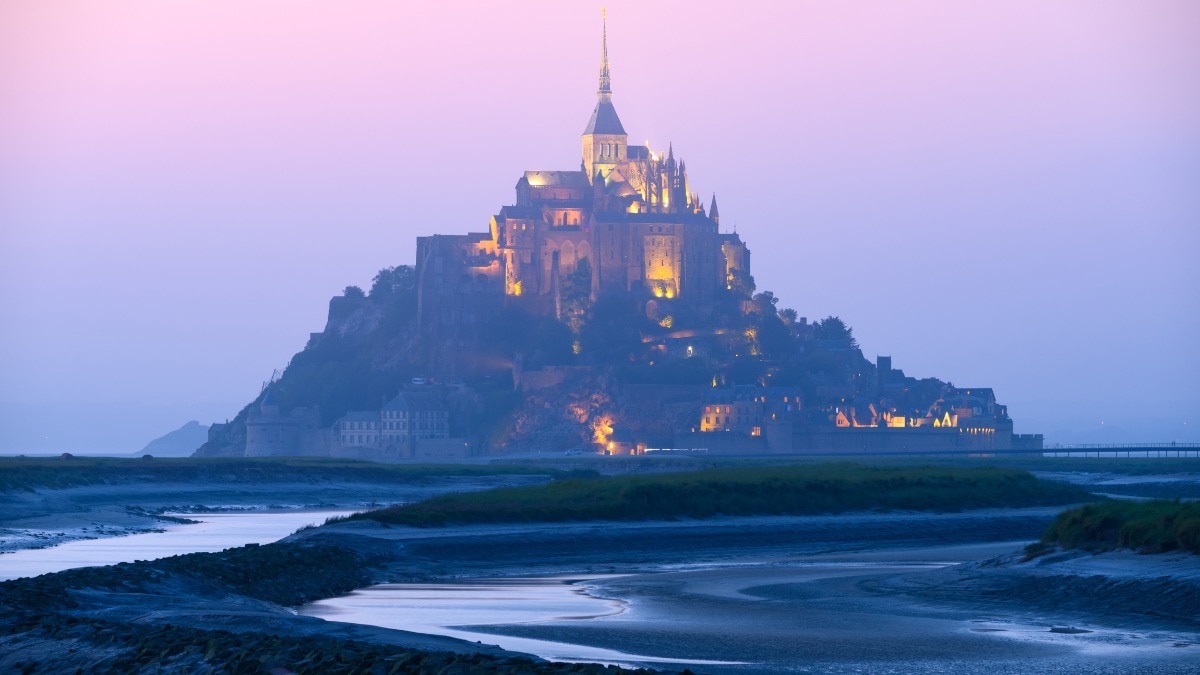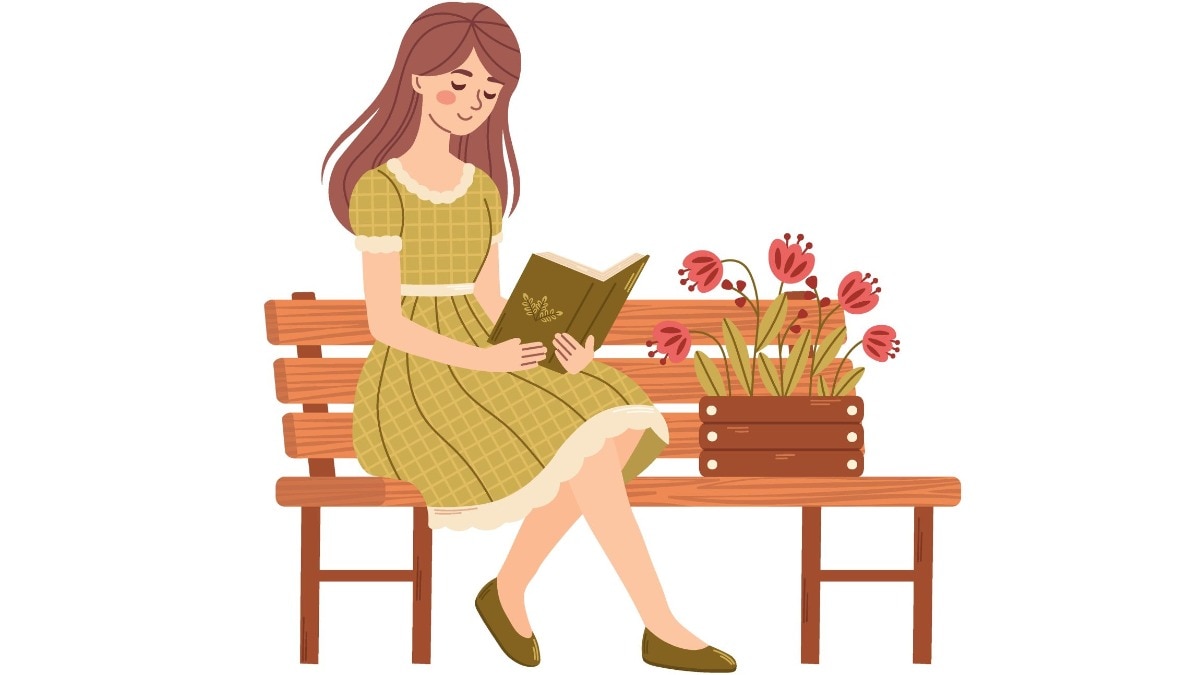
5 photographers talk about finding joy in unexpected places
Bazaar India looks through the lens of five photographers who seek to capture subtle moments of solace and satisfaction.


We are fragile creatures, and it is from this weakness, not despite it, that we discover the possibility of true joy—Desmond Tutu, Book of Joy: Lasting Happiness in a Changing World Fragility—vulnerability, resilience in despair, gratitude in the revelations of the universe, and experiences that humble you to the core are often testament to the purest form of joy. Joy can mean different things to different people and reveal itself in hundreds of different ways, if only we took a mere glance at the world beyond ourselves. At a time when little seems to be merry, understanding joy, seeking it and capturing its sparse moments can be arduous at best. Despite it all, and perhaps because of it, we keep going back to those snapshots that are an ode to glimmers of joy in our day-to-day life, hope in spaces that lack it and those that make us feel the most alive. We turned to five photographers, each one distinct from the other in style, story, and perspective, who spoke about what is joy to them, how they capture it, and their experiences of finding it in spaces that are amiss of it.
ROHAN SHRESTHA

He’s the starry-eyed Bandra boy who paid homage to the dreams of a 20-something photographer and a forever Barca fan when he did a shoot with Lionel Messi a year ago. He seeks joy in life’s most humbling experiences, and is happiest when shooting outdoors.
“Most likely, photographers are introverted, that’s why they’re sitting in the darkness behind the camera and we look at life through a more voyeuristic perspective. A lot of times I feel that photographers are often very hard on themselves. So, when you do capture a moment that you are proud of, which are really far and few, you feel an immense amount of joy. Perhaps one of my all-time favourite moments was when I did a shoot with Messi. When I took up the camera in 2008, I hoped someday I would get to shoot a Barca player. And it culminated in a shoot with Messi.

When shooting outside, the world is your oyster. For me, that’s the inspiration. I am the happiest at outdoor shoots with sunlight. My most favourite picture ever is actually of this girl standing with a bag of rice in front of a completely destroyed home—the ground has opened up, there’s no roof—in Nepal during an earthquake. This girl stood there with a smile because she was just grateful and that kind of joy you will never feel anywhere else. Joy can be felt in those moments where you find human resilience, where you find people fighting against the odds and making it and you are just there to document it and tell their story. I also shoot underwater because I am a scuba diver. One of my most joyous moments of the year was when I was diving in Egypt and I got circled by a white shark. I was shooting it and it came right up to my chest. After that dive, I came up, we all sat down and we were like—this is life. This is why we do what we do. The most joy I will ever get is when I am humbled. Nothing will ever top it. I have never lived so hard in a moment.”
AVANI RAI

She believes that moments often reveal themselves inall their emotions and nuances. So, joy is to be found in these moments, if only you are open to seeing it. “I think many photographers see many parallel universes all at once and the ability of a photographer lies in narrowing down to that one moment in time where actually in the real world so many parallels exist. There is a rhythm that life takes just like your heartbeat. There is a rhythm at which the world functions and to be able to narrow down to that rhythm in that moment in time is joy. The moment is in front of you. You have to be open to be able to see it. Once you have chosen the moment, you have to wait for it to reveal itself.

There are infinite themes that are always in front of you. It’s what you pick and choose and what you want to say. Every moment has all the feelings and nuances. So, to choose which moment, which feeling, which emotion, or which nuance you want to tell, is what you capture.
I think joy is not joy in its raw form or how we would understand it because joy—whether it’s to an animal, human being or nature—reveals itself differently to everybody. So, in a space where there is not too much joy, there is a sense of hope. Joy is not universal but hope is and that’s why we kind of live and that’s why we’re alive. So, a sense of hope is what I try to get when I feel there is a lack of joy.”
ANURAG BANERJEE

For Anurag Banerjee, joy is light. It is growth. It is rebellion. His journey as a photographer began when he left his hometown Shillong to move to Pune first and then Mumbai. Amidst the overwhelming happenings of the world, he looks back at his journey and finds solace in his home—whether in Mumbai or Shillong.
“Good light is something that brings me joy. Wherever I am, the first thing I notice when I enter a space is the way the light plays up. If a space is well-lit, if you have good sunshine, and you have some nice dramatic shadows, I think that’s what brings me joy.

There is something about a scene like that, which is so commonplace, which is so everyday and so ordinary. I feel like it’s something that binds us all and I feel a lot of joy in that sense of union. I look at joy as also something that is a protest. I look at joy as rebellion. We are joyful despite the circumstances, not because of it, and I want that to reflect in my work—where even if there is a portrayal of joy, it is with this understanding that we are in a pretty dark time in the history of humanity. So, if there is that moment of joy, it is photographed as a respite.
There is a sense of we can make it through. I’ve also realised the power of photography as an introspective medium. We tend to think of photography as a response to the world around us, but it’s actually a response to the world within us. The work that has really stayed with me is not particularly joyful but it made me feel less alone. I feel like I want my work to make people feel less alone, because all of us are lonely at this moment of time.”
HASHIM BADANI

With Mumbai as his eternal muse, city-based photographer Hashim Badani feels joy is to be found in the shared experience of it. “For me, joy stems from the every day,” Badani tells Bazaar India. “For me, my practice begins with actually listening to others—what they are saying, what they are doing and recognising those unique moments. I think that there is some sort of healing that comes from seeing people being resilient. I did a story on a palliative care centre in Pune. At the heart of it were the patients and the staff—all intertwined with stories of love, pain, care, dignity, and joy. What I hadn’t made space to understand is the role of the caregiver the love, dedication, and courage it takes to be there for someone you love. As heartbreaking as it was, there was definitely also a sense of joy and happiness, because there was a sense of dignity of looking back and accepting life.

I spend a lot of time walking around, spending less time looking into my phone and just observing what are the small daily activities that people do—it could be going for a walk, watering your plants or even meeting a dog on the road whom you see everyday. What I might think is a normal day might be a specific festival for someone else and seeing people celebrate brings its own joy. I think that’s where I draw from—there is something to celebrate everyday and there is joy in the everydayness and I want to celebrate its effortlessness.
When you observe something and it makes you happy, the first thing you want to do is share it with people. That’s where the documentation part of experiencing and capturing the everyday comes in.”
SAUMYA KHANDELWAL

Award-winning photojournalist Saumya Khandelwal has often found herself documenting stories right from the heart of political upheaval, grave injustices, and conflict zones. Joy doesn’t necessarily look any different to her but her experiences have taught her to find it in places where it has been misplaced the most. “Joy is no different for a photographer than it is for any other human. For me, it is more about channelising what the situation in front of me makes me feel into an image. I would like to make the viewer feel the same emotion that I felt when I was viewing it. My hope lies in the resilience of people and the fact that despite those (tough) experiences, they find little ways to be happy and to share joy with one another. It’s important for me to know the personal stories of people. I usually don’t like to just go to a place and start photographinga person and come out without knowing the nuances of their lives.

I also naturally gravitate towards photographing women. One thing that always impresses me is the strength and resilience that they have. There was this one story that I was doing about the women of the Sundarbans, who have planted mangroves in the vicinity of their villages to protect their islands from erosion. I was on this boat with these women and we stepped out and they were inspecting the mangrove to check if they were growing fine.
When we got back to where we started from, the water levels had risen and the boat could reach up to the banks. So, these women had to get down into the water and walk in it to get back to the island. This woman, named Aparna Dhara got down, and she was just smiling away. It was just a very nice moment of her coming back from a day’s work and navigating through this little ordeal that came her way.










